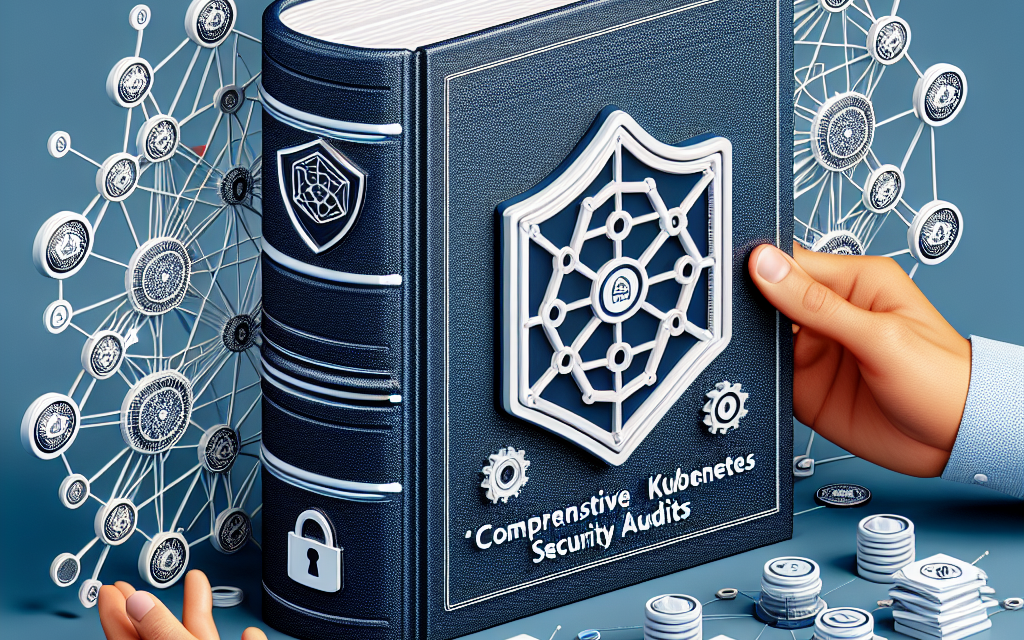In the age of cloud-native applications, Kubernetes has emerged as the de facto standard for container orchestration. However, with great power comes great responsibility. Security vulnerabilities can pose significant risks to your applications, making it essential to conduct regular security audits. In this guide, we will explore the best practices for performing comprehensive security audits in Kubernetes, ensuring your container environments remain secure.
Understanding Kubernetes Security
Before diving into security audits, it’s vital to understand the core security architecture of Kubernetes:
-
API Server: The central management entity that exposes the Kubernetes API. It validates and configures data for the API objects.
-
etcd: A key-value store used as Kubernetes’ backing store for all cluster data. It contains sensitive information, including secrets.
-
Kubelet: An agent running on each node to ensure containers are running in a Pod.
-
Network Policies: Defines how Pods communicate and restricts traffic according to defined rules.
-
Role-Based Access Control (RBAC): Manages permissions and access rights for users and applications.
Importance of Security Audits
Kubernetes security audits help ensure:
- Compliance: Meet regulatory requirements.
- Vulnerability Management: Identify and remediate vulnerabilities before they are exploited.
- Configuration Management: Ensure configurations adhere to best practices and standards.
- Incident Response: Prepare for potential security incidents by identifying weaknesses.
Steps for Conducting a Kubernetes Security Audit
1. Assess Cluster Configuration
Begin by evaluating the cluster’s configuration:
-
Kubernetes Version: Ensure you are using a supported version. Regularly update to the latest version to benefit from security patches.
-
RBAC Policies: Review permissions assigned to users and service accounts. Implement the principle of least privilege.
-
Network Policies: Validate the implementation of network policies to control traffic between Pods.
-
Pod Security Policies (PSPs): Check that PSPs enforce security standards like running containers as non-root users and preventing privileged escalation.
2. Examine API Access Controls
Investigate how access to the API Server is managed:
-
Authentication: Review authentication methods (e.g., bearer tokens, certificates, etc.).
-
Authorization: Ensure RBAC is properly configured to restrict access.
-
Audit Logging: Enable audit logging to track access and actions taken against the API. Regularly review audit logs for anomalies.
3. Secure etcd
Since etcd stores sensitive data, its security is paramount:
-
Encryption: Enable encryption for data at rest and in transit.
-
Access Controls: Restrict access to etcd to only trusted components. Use firewall rules if possible.
-
Backup: Regularly back up etcd data and securely store backups.
4. Monitor and Analyze Logs
Logs can provide valuable insights into cluster activity:
-
Centralized Logging: Implement a centralized logging solution for easy monitoring and analysis.
-
Log Retention Policies: Define retention policies to ensure logs are kept for the necessary duration.
-
Alerting: Set up alerts for suspicious activities, such as unauthorized access or failed authentication attempts.
5. Network Security
Securing the network is critical in a Kubernetes environment:
-
Service Mesh: Consider using a service mesh, like Istio, to enforce security policies between services.
-
Ingress Controllers: Configure ingress controllers with HTTPS and WAF (Web Application Firewall) capabilities.
-
Firewalls: Utilize network firewalls to protect your cluster from external threats.
6. Container Security
Containers should also be secured from within:
-
Image Scanning: Regularly scan container images for vulnerabilities before deploying them.
-
Minimal Base Images: Use minimal base images to reduce the attack surface.
-
Runtime Security: Implement tools that can monitor running containers for suspicious behaviors and enforce security policies.
7. Continuous Improvement
Security is not a one-time task but a continuous process:
-
Regular Audits: Schedule regular security audits to adapt to changing security landscapes.
-
Training: Keep your team updated on Kubernetes security best practices through training and workshops.
-
Community Engagement: Follow Kubernetes community updates, security advisories, and best practices.
Tools for Kubernetes Security Audits
Several tools can assist in conducting security audits:
-
kube-bench: Checks if your Kubernetes is deployed according to best practices.
-
kubescape: An open-source tool for assessing Kubernetes security compliance.
-
Trivy: A vulnerability scanner for container images.
-
Falco: An open-source runtime security tool for detecting anomalous activity in your containers.
Conclusion
Kubernetes provides a powerful platform for orchestrating containerized applications, but without rigorous security audits, your cluster can become vulnerable. By following the steps outlined in this guide, organizations can effectively assess and strengthen their Kubernetes security posture, better protecting their applications and data. At WafaTech, we believe that a proactive approach to security is essential in today’s digital landscape, ensuring that your Kubernetes environment remains resilient against threats.





